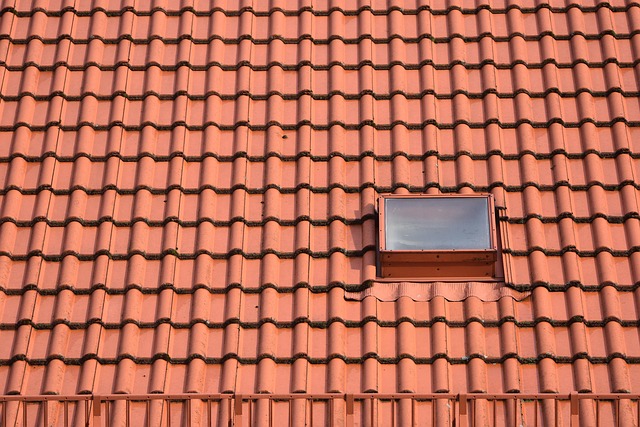After a storm, Houston homeowners should assess roof damage by inspecting for missing shingles, flashing issues, and water intrusion signs. Seek professional guidance from roof repair Houston services for accurate evaluation. Take immediate action with temporary tarps to protect against further water damage while awaiting permanent repairs. Regular maintenance, including impact-resistant roofing materials and proper gutter drainage, prevents costly storm-related roof repairs in unpredictable Houston weather.
In the face of Houston’s unpredictable storms, timely roof damage assessment and repair are crucial. This article guides you through navigating storm-related roof issues with efficiency. We’ll explore essential steps for quick roof repair in Houston, offering practical tips to mitigate future problems. From assessing damage to preventing recurring issues, this comprehensive guide ensures your home’s protective shield remains intact. Discover expert advice tailored to Houston’s weather challenges and learn how to secure your roof against the elements.
- Assessing Roof Damage After a Storm in Houston
- Steps for Quick and Efficient Roof Repair
- Preventing Future Storm-Related Roof Issues
Assessing Roof Damage After a Storm in Houston

After a storm, assessing roof damage in Houston is crucial for any homeowner. The first step involves a thorough inspection to identify any missing or damaged shingles, flashing, or gutters. Look for signs of water intrusion, such as stains on ceilings or walls, and check for loose or broken vents and chimneys. A professional roof repair Houston service can provide expert guidance during this process, ensuring safety and accurate damage evaluation.
Once identified, immediate action is key. Temporary repairs like tarps can be installed to shield the property from further water damage while awaiting more permanent solutions. Timing is essential; prompt attention to storm-related roof damage in Houston not only prevents additional harm but also helps homeowners manage potential insurance claims effectively.
Steps for Quick and Efficient Roof Repair

When facing storm-related roof damage in Houston, swift action is key. Here’s a breakdown of steps for quick and efficient roof repair:
1. Assess the Damage: The first step is to safely inspect your roof for damage. Look for missing shingles, leaks, or any structural issues. In some cases, it might be best to call in a professional roofer for a thorough evaluation, especially after severe storms.
2. Temporize with Tarps: To prevent further water intrusion while waiting for a repair team or gathering supplies, temporarily cover damaged areas with tarps. Secure them tightly around the edges to ensure no rainwater seeps through. This simple step can significantly mitigate potential interior damage and water stains.
Preventing Future Storm-Related Roof Issues

Protecting your home from future storm-related roof issues is crucial, especially in Houston’s unpredictable climate. Regular maintenance plays a vital role in preventing damage. Schedule professional inspections to identify and address potential problems early on. Repair or replace missing or damaged shingles promptly, as these are often the first line of defense against harsh weather conditions.
Consider investing in impact-resistant roofing materials suitable for our region’s storms. Keep gutters clear and well-maintained to ensure proper drainage, preventing water damage that could compromise your roof’s integrity over time. By taking proactive measures, you can minimize the risk of severe storm-related roof repairs in Houston.
In conclusion, addressing storm and weather-related roof damage promptly is crucial for any homeowner in Houston. By understanding the assessment process, adopting efficient repair steps, and implementing preventive measures, you can safeguard your property from future storms and ensure a secure, sturdy roof over your head. For all your roof repair needs in Houston, remember that quick action and professional expertise are key to minimizing disruptions caused by severe weather events.
